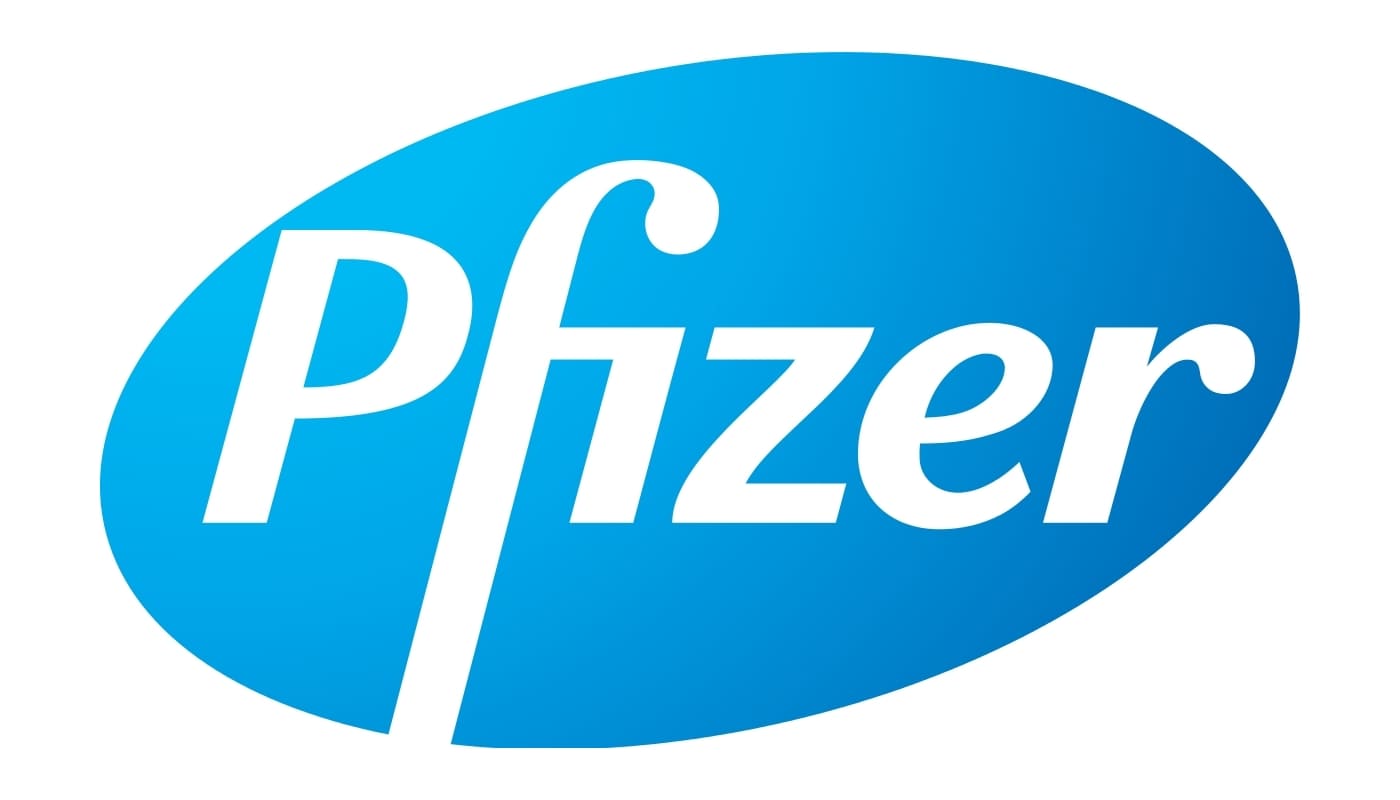

Product Ref: PMEQU07 Category: E


Royal Mail 2nd Class / Parcel Force 48
UK to UK :Normally arrives in 2-4 business days.
UK to Ireland :Normally arrives in 4-6 business days
UK to EU Countries : Normally arrives in 6-10 working days depending on where the parcel is going
Please note standered delivery is none trackable , none insured , no responsabily for lose or Damage
----------------------------------------------------------------------------------------------------------------

Royal Mail First Class / Parcel Force 24
UK to UK :Normally arrives in 1-2 business days.
UK to Ireland 3-4 business days
UK to EU Countries : Normally arrives in 6-10 working days depending on where the parcel is going
Please note :Trackable , Royal Mail insured up to £50.
--------------------------------------------------------------------------------------------------------
Parcel Force Express AM Guaranteed before Midday.
UK to UK only . UP to 5KG Max Weight
Arrives next day before 12 noon, requires a signature.
Parcel Forcel Terms & Conditions apply
Important: Parcel Force advise that there are some postcodes where an extended delivery time exists, and may affect the date of delivery or the service is not available.
| Category | POM-V |
| Temperature | Refrigerated |
| MA/VM/EU No: | 42058/4062 |
| Species |
|
| VMD Link | Product Information Database (defra.gov.uk) |
| NOAH Link | https://www.noahcompendium.co.uk/?id=-457332 |
| Dosage | Dose 2 ml Administration Equip FT should be shaken thoroughly before use and administered by deep intramuscular injection. Vaccination Regime For protection against equine influenza and tetanus, Equip FT should be used as follows: Primary course: First dose of Equip FT followed by a six week interval. Second dose of Equip FT followed by a 5 month interval. Boosters: 1st booster of Equip F followed by a 12-15 month interval. 2nd booster of Equip F followed by a 12-15 month interval. 3rd booster of Equip FT. Thereafter, booster doses of Equip FT or Equip F should be administered so that the interval between the vaccinations against influenza is not more than 15 months and the interval between vaccinations against tetanus is not more than 36 months. Advice on correct administration The routine practice of administering booster doses annually may remain the most convenient, even though protection against equine influenza has been demonstrated by challenge studies 15 months following the third vaccination (first booster dose). No field challenge studies have been carried out prior to the third vaccination; instead efficacy was evaluated by serology which showed titres equivalent to those found in horses protected against challenge at 15 months. It is recommended that a single booster dose should only be administered to horses that have already received a full primary course using vaccines that contain the same types of equine influenza virus included in this vaccine. A full primary course may be considered necessary in horses that have not been suitably primed. |
| Withdrawals | The efficacy of active immunisation of young foals against equine influenza and tetanus will be influenced by the level of maternally derived antibodies. This will vary between individuals due to a number of factors, e.g. the immune status of the dam; adequacy of colostral intake by the foal, etc. The vaccine should not be used in foals below 5 months of age, and foals should not be vaccinated until maternally derived antibodies have fallen below protective levels. The vaccine may be used in pregnant mares which have been vaccinated against both influenza and tetanus before pregnancy. Heavily pregnant mares should not be subjected to undue stress when vaccinated. Do not use in unhealthy animals. The product should be administered by respecting appropriate (aseptic) injection technique. No information is available on the safety and efficacy of this vaccine when used with any other veterinary medicinal product. A decision to use this vaccine before or after any other veterinary medicinal product therefore needs to be made on a case by case basis. Do not mix with any other veterinary medicinal product. Rarely (<1 in 1000), animals may exhibit a reaction to vaccination. This may be manifest by stiffness, a mild, transient rise in temperature, typically 9-12 hours post vaccination, or a small soft, non-painful local swelling (10-20 mm in diameter) at the injection site. These conditions normally resolve by the day following vaccination. Injection site pain, anorexia and lethargy have been reported in very rare cases (<1 in 10,000). Occasional hypersensitivity reactions may occur. In the event of an allergic or anaphylactic reaction, immediate treatment should be given with a soluble glucocorticoid intravenously or adrenalin intramuscularly. Operator warnings In case of accidental self-injection, seek medical advice immediately and show the package leaflet or the label to the physician. Withdrawal period Zero days. |